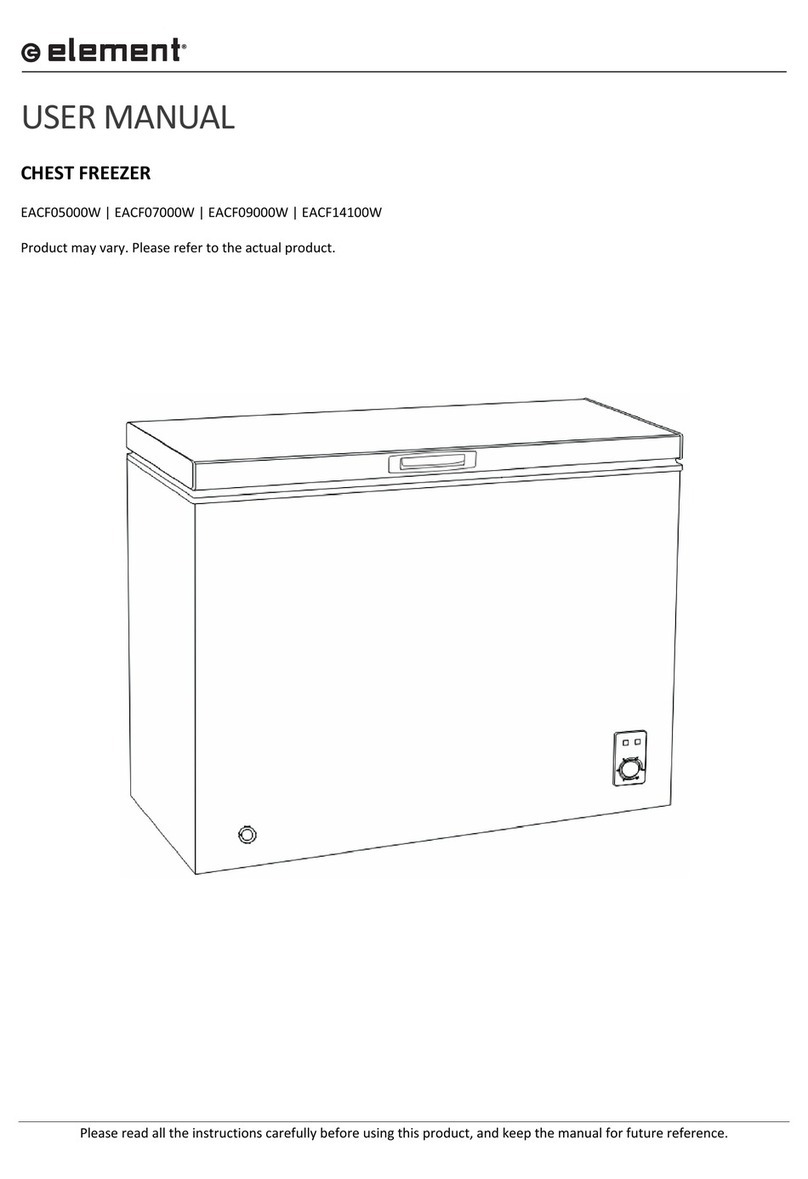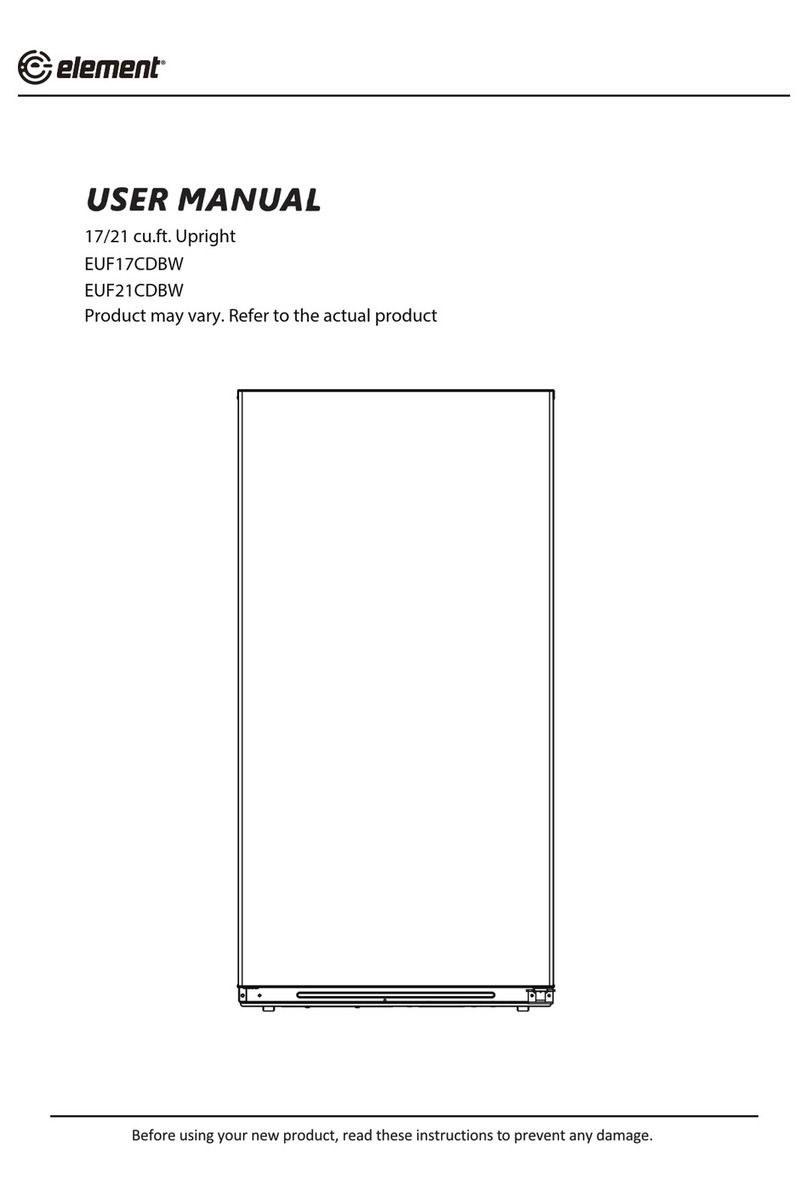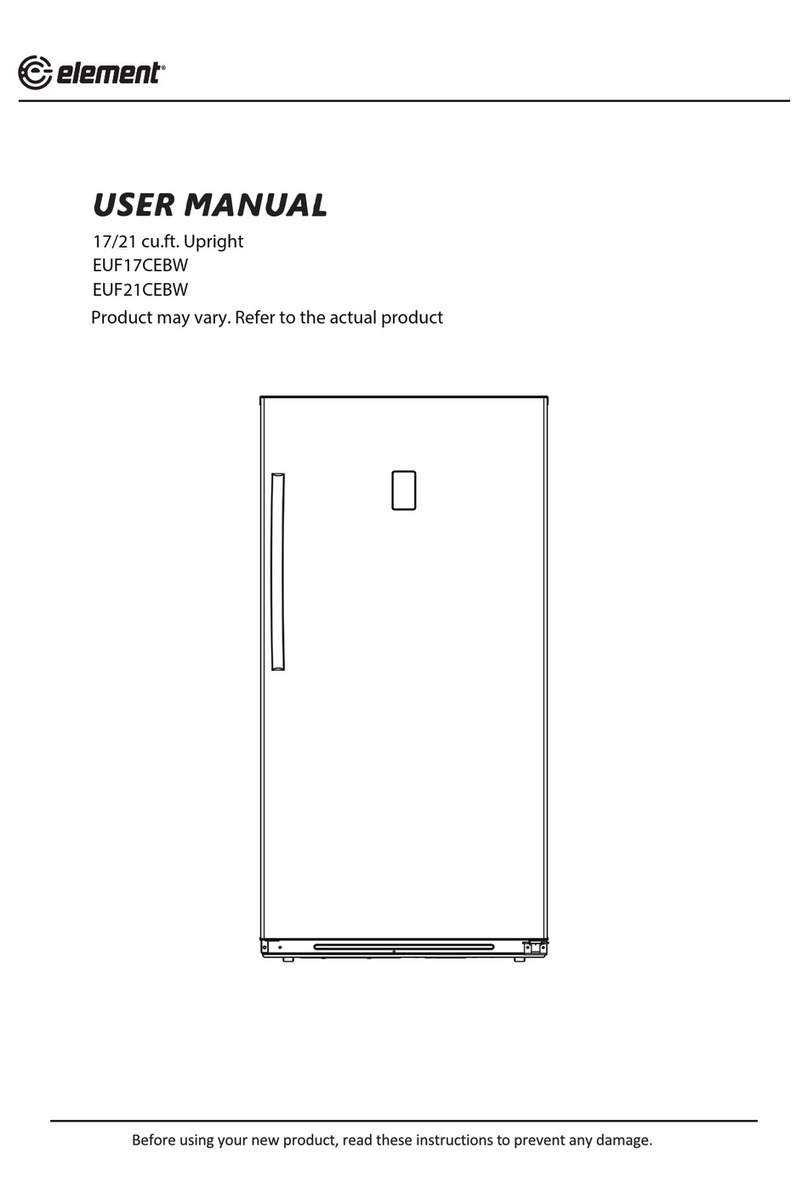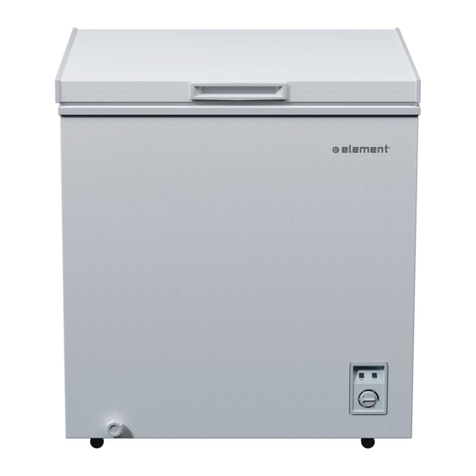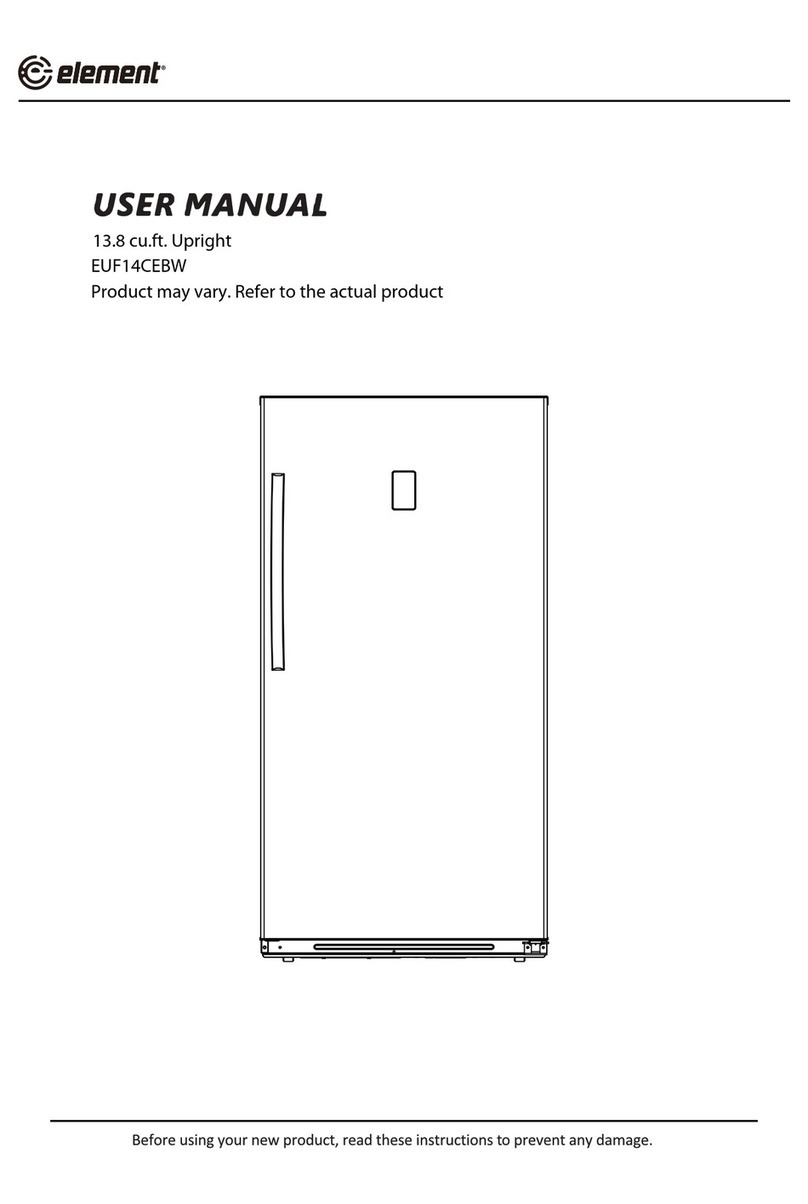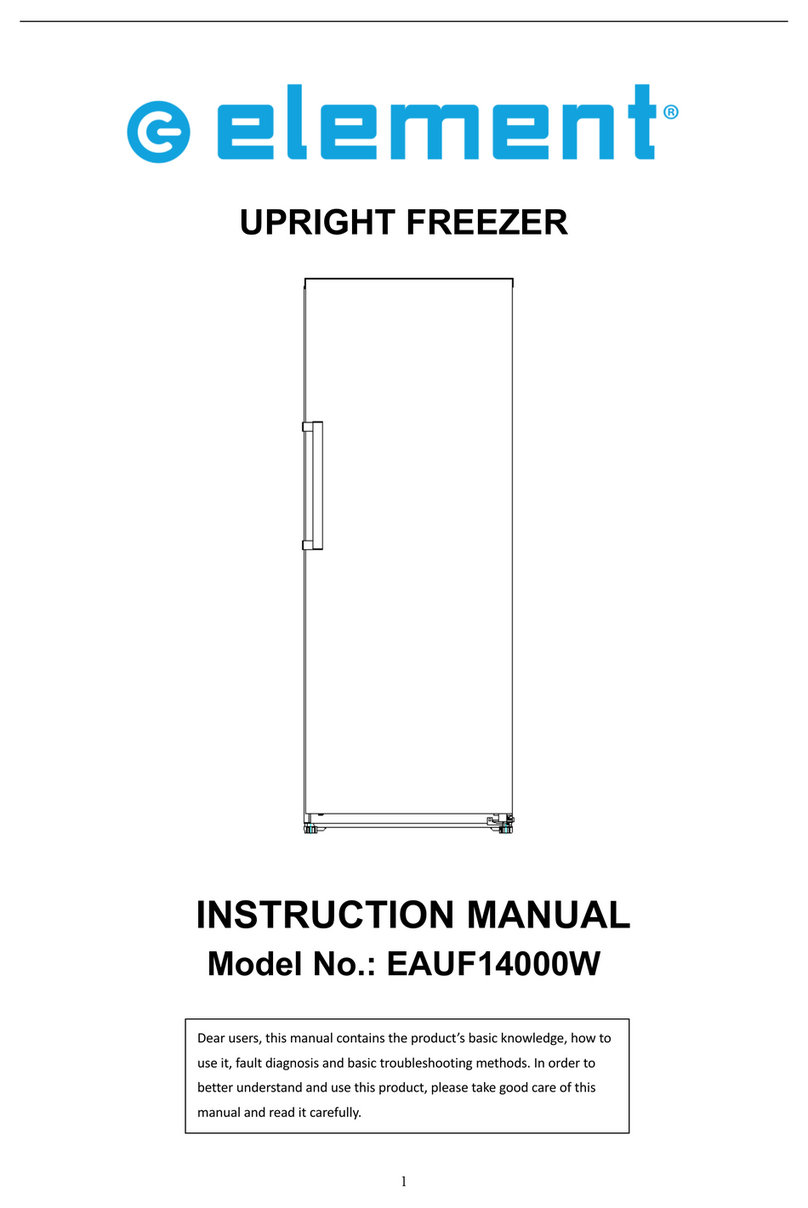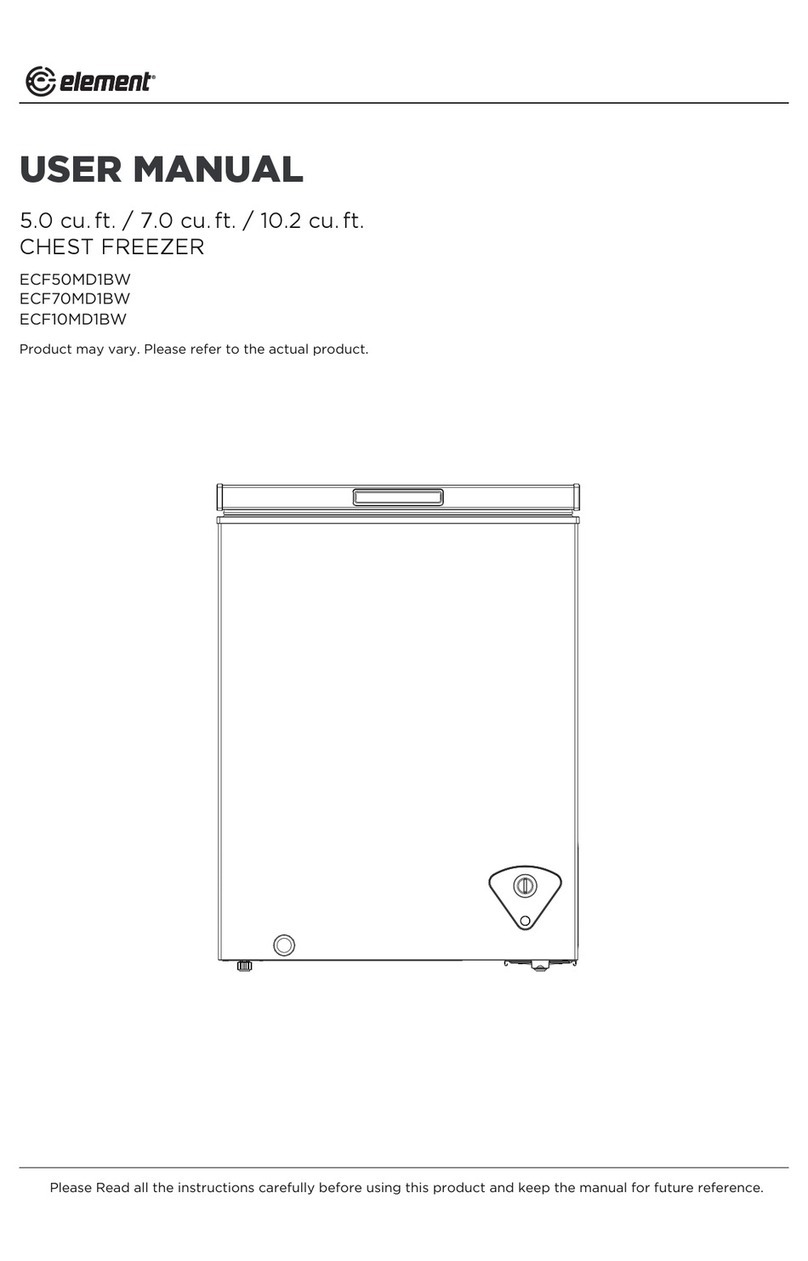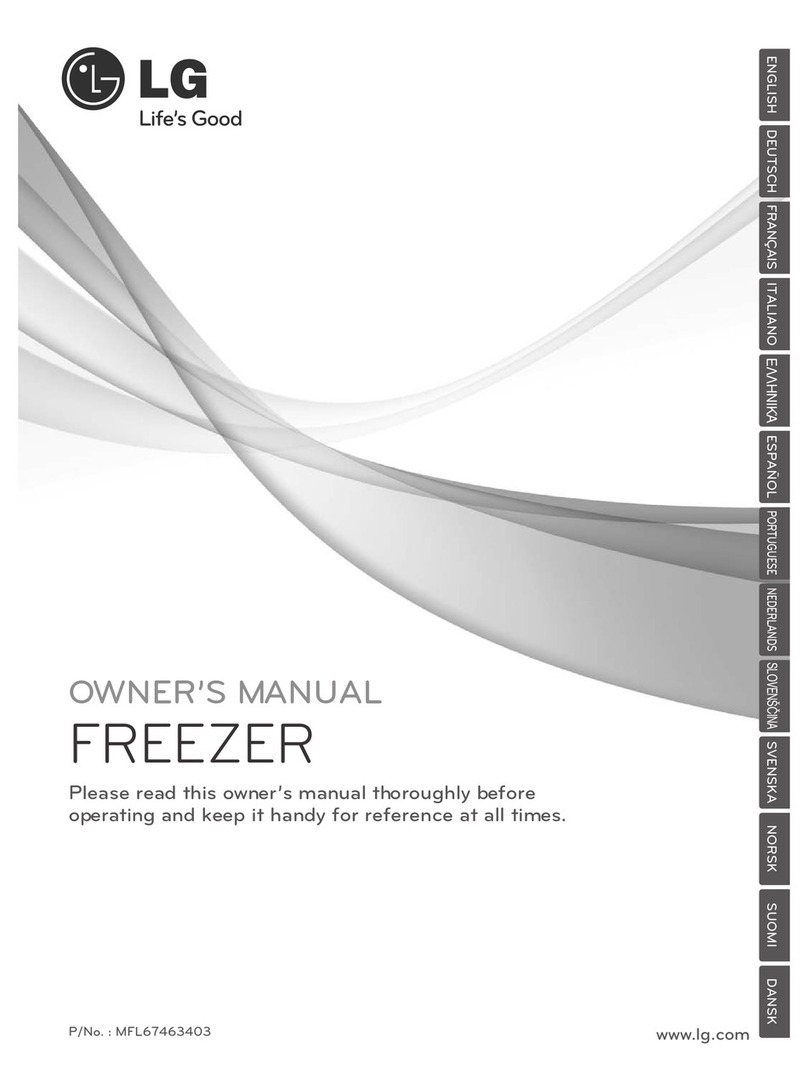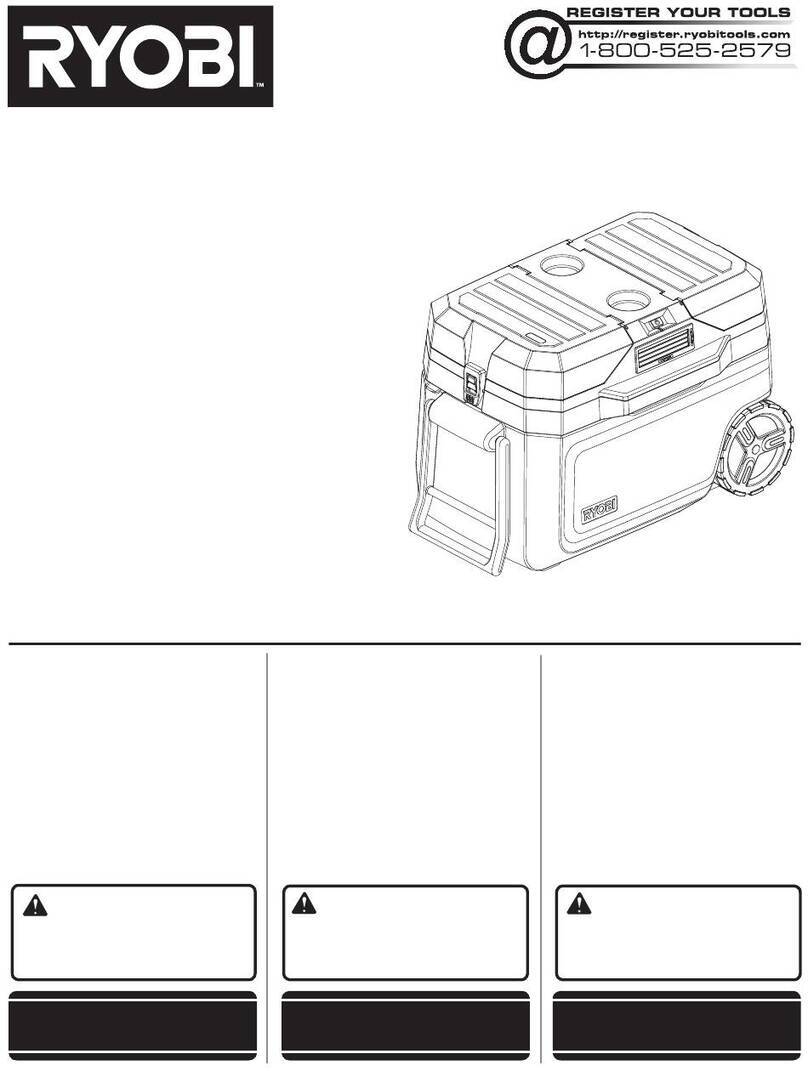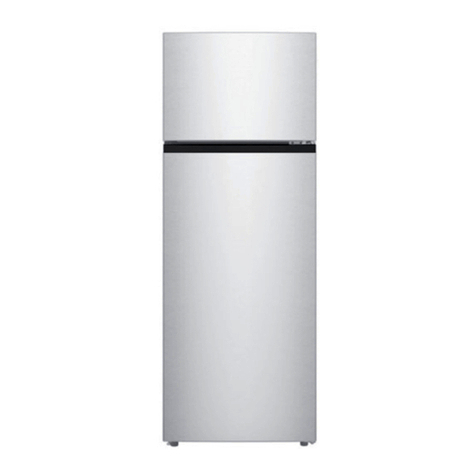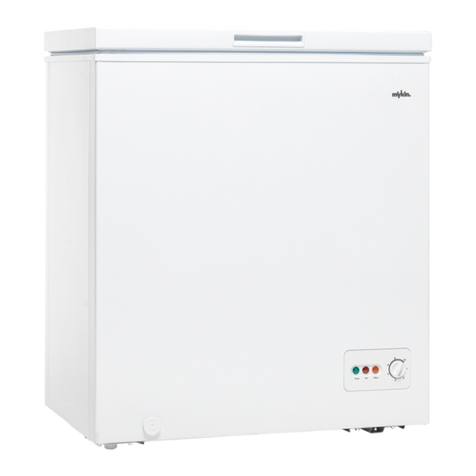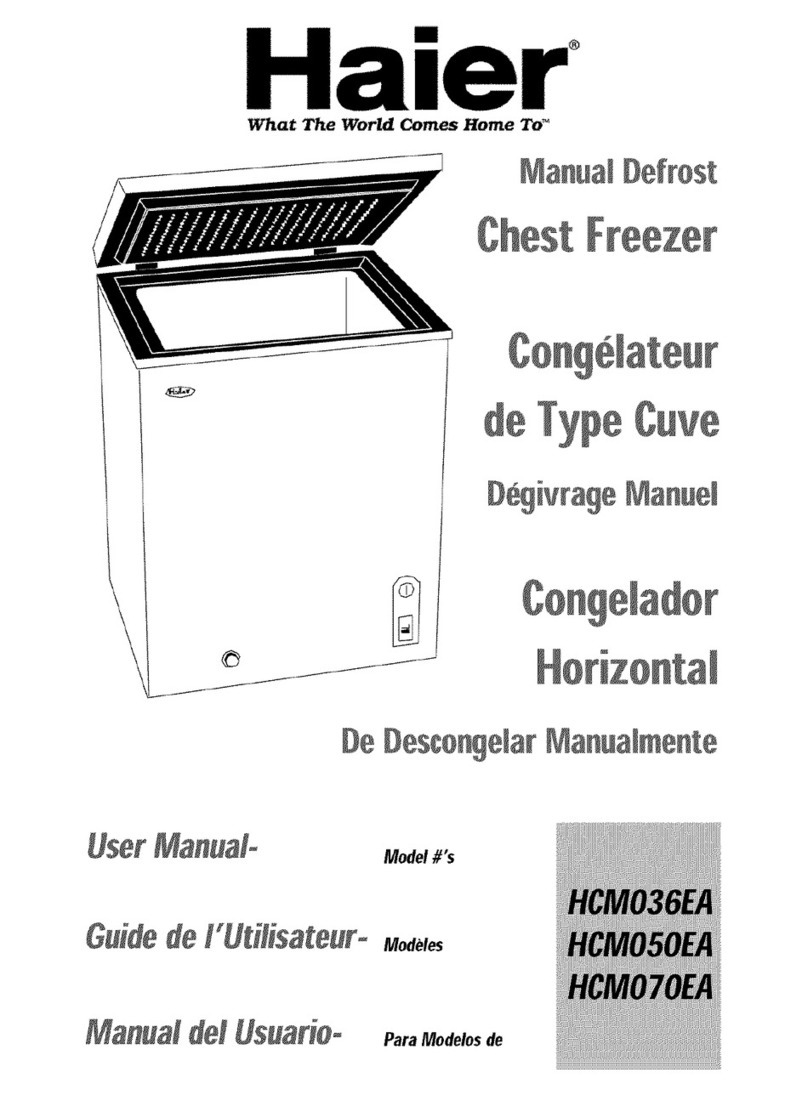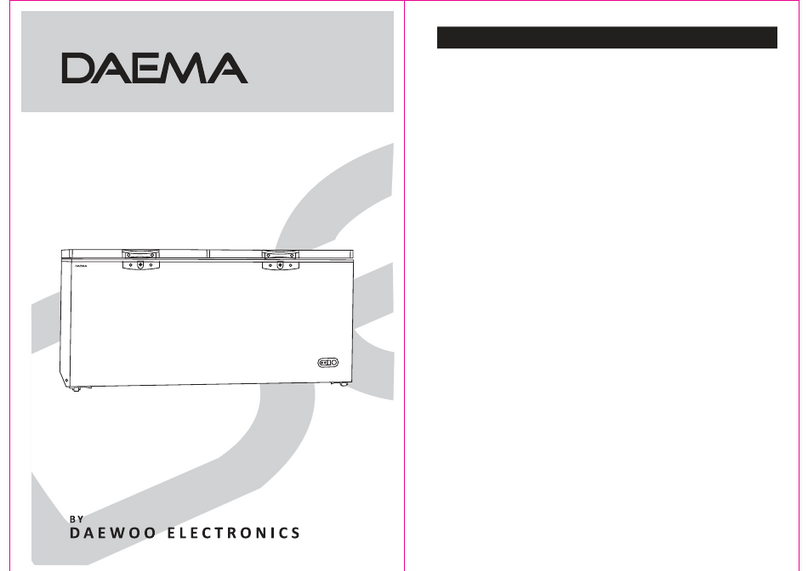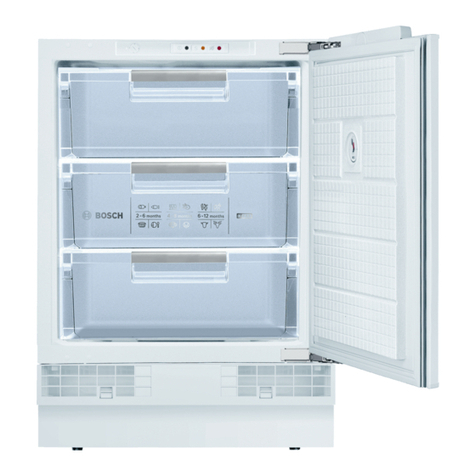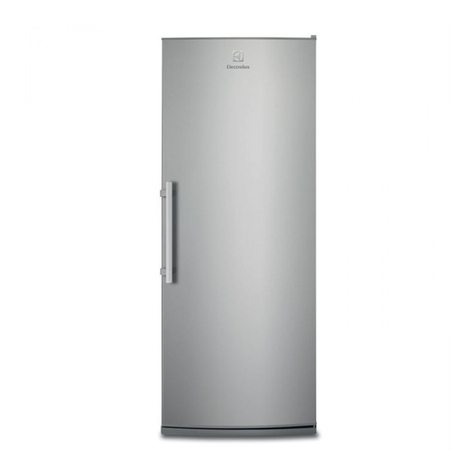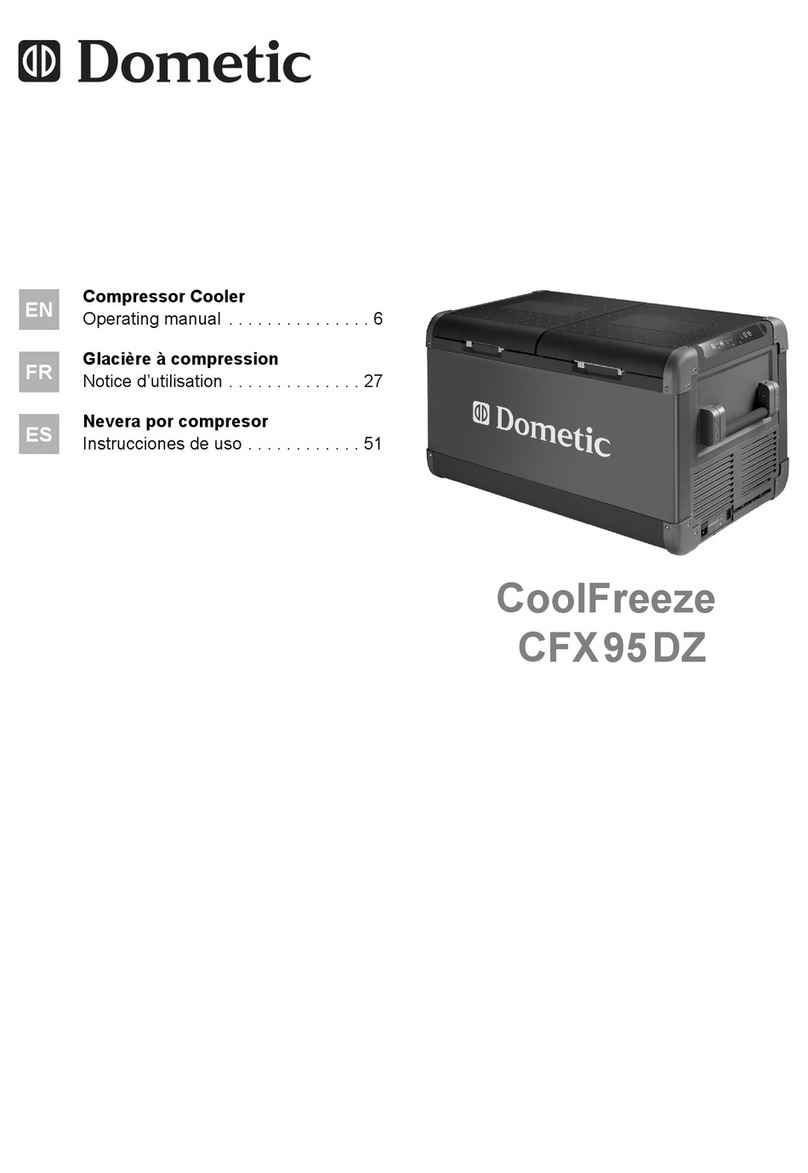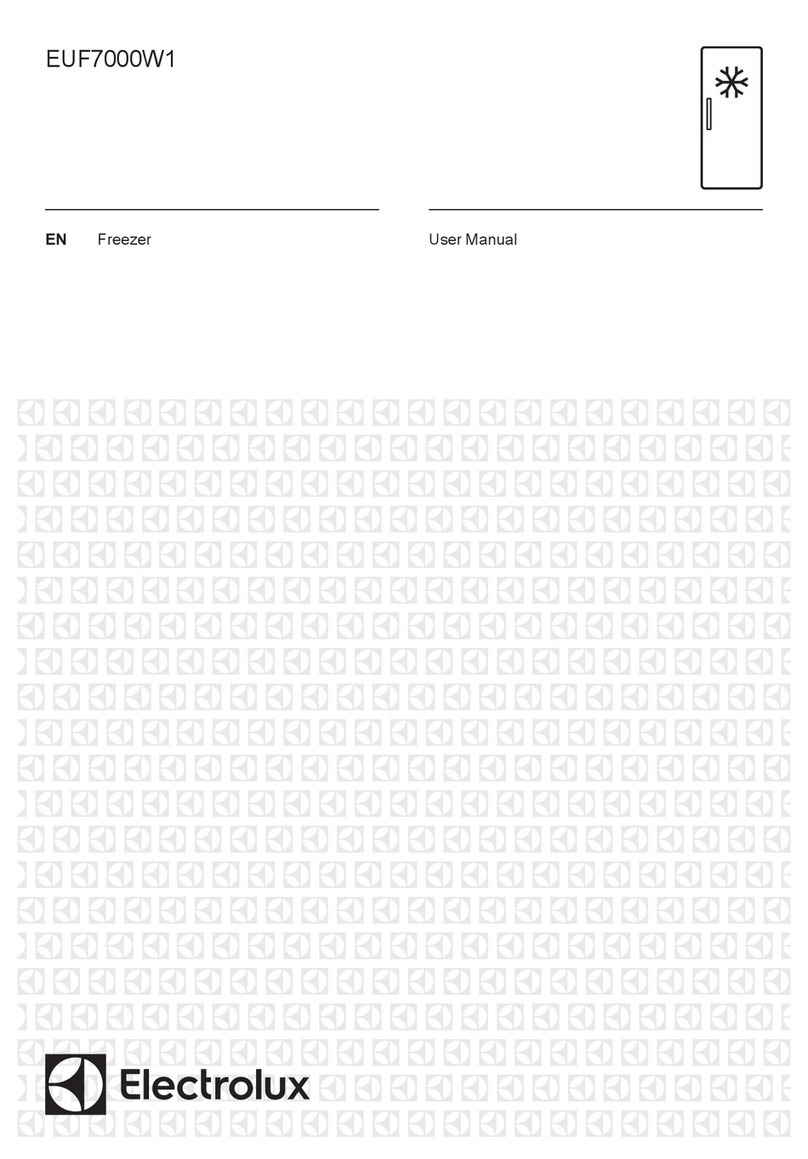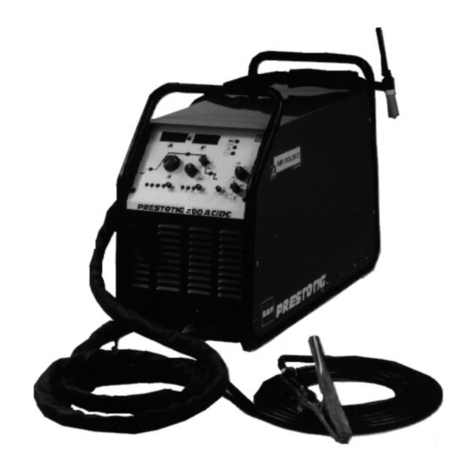
1
Warning risk of fire / flammable materials:
This appliance is intended to be used in household and similar locations such as staff kitchen
areas in shops, offices and other working environments, farmhouses and by clients in hotels, motels
and other residential type environments, bed and breakfast type environments, catering and similar non-
retail locations.
This appliance is not intended for use by people (including children) with reduced physical, sensory,
intellectual capabilities, or lack of experience and knowledge, unless they have been given
supervision or instruction concerning use of the appliance by a person responsible for their safety.
Children should be supervised to ensure that they do not play with the appliance.
If the supply cord is damaged, it must be replaced by the manufacturer, its service agent or similarly
qualified persons in order to avoid a hazard.
Do not store explosive substances such as aerosol cans with a flammable propellant in this appliance.
The appliance has to be unplugged after use and before carrying out user maintenance on the appliance.
Do not use extension cords or ungrounded (two prong) adapters.
The refrigerator must be disconnected from the source of electrical supply before attempting the
installation of accessory.
1.1 WARNING
1 Safety Warnings
WARNING: Keep ventilation openings, in the appliance enclosure or in the built-in structure,
clear of obstruction.
WARNING: Do not use mechanical devices or other means to accelerate the defrosting
process, other than those recommended by the manufacturer.
WARNING: Do not damage the refrigerant circuit.
WARNING: Do not use electrical appliances inside the food storage compartments of the
appliance, unless they are of the type recommended by the manufacturer.
WARNING: Properly dispose of the refrigerator according to local laws and regulations pertaining
WARNING: When positioning the appliance, ensure the supply cord is not trapped or
damaged.
WARNING: Do not locate multiple portable socket-outlets or portable power supplies at the
rear of the appliance.
WARNING: Risk of child entrapment. Before you throw away your old refrigerator:
-Take off the doors.
-Leave the shelves in place so that children may not easily climb inside.
to flammable gases and refrigerants.
WARNING: To avoid a hazard due to instability of the appliance, it must be fixed in accordance
with the instructions.
WARNING: Connect to potable water supply only. (Suitable for ice making machine)
